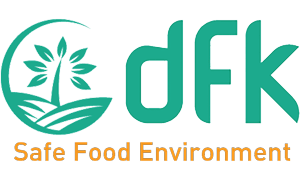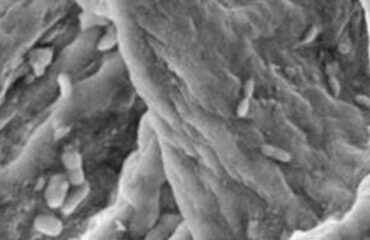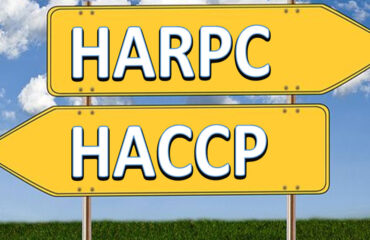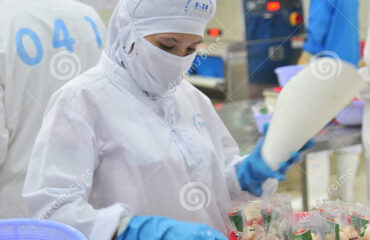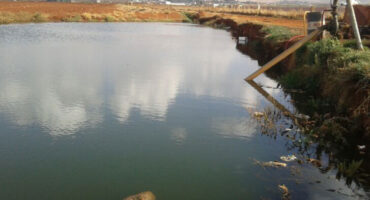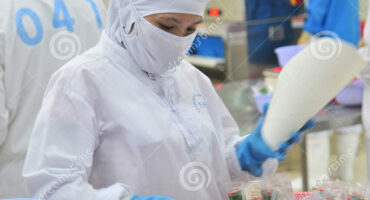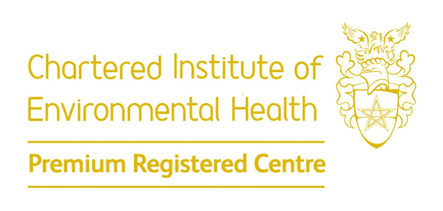
Dr Faour-Klingbeil joined other colleagues in organizing the symposium: “Latest Developments in Food Safety Standards for Water Reuse in Food Production and Processing during the International Association of Food Protection Annual Meeting, Phoenix, Arizona, July 18-21, 2021.
This symposium featured key stakeholder views on the importance of developing standards for context-specific water reuse for food production and processing. During this event, she presented “Regulating Water Re-Use in Food Processing to Ensure Acceptable Risk to Consumers”:
The pressure is on! Water scarcity is a globally rising problem mainly caused by overuse of water, population growth, economic development, urbanization, and changing food consumption patterns. The diminishing availability of water is expected to exacerbate global warming and climate change effects; hence, wastewater reuse is increasingly viewed as an alternative solution to meet the rising demands for water. However, current default water standards for food use are high, with potable water being the gold standard for food use. While the use of reused (for instance recycled) water is becoming more practiced, no international standards have been established, and there are potential food safety hazards (e.g., microbial pathogens and chemical contaminants) associated with used water sources that need to be adequately managed to avoid food safety risks at the consumer phase. The necessary scaling-up of water reuse may be possible given that significant volumes of used water are currently not utilized. However, these sources vary a lot in the possible presence of hazards and other quality parameters. For effective utility, used water from different sources of quality will need to be treated to a quality level that is acceptable and fit for the intended food use purpose, yet safe to consumers. To provide guidance on consumer food safety expectations of water reuse, regulatory or other authoritative standards are urgently required. After all, agriculture/food production, processing, and preparation all use a lot of water but also come with large volumes of used water! Codex Alimentarius, ISO, and country governments have started developing their own standards and establishing them as foundations for regulatory acceptance of fit-for-purpose water approaches by their member countries.
